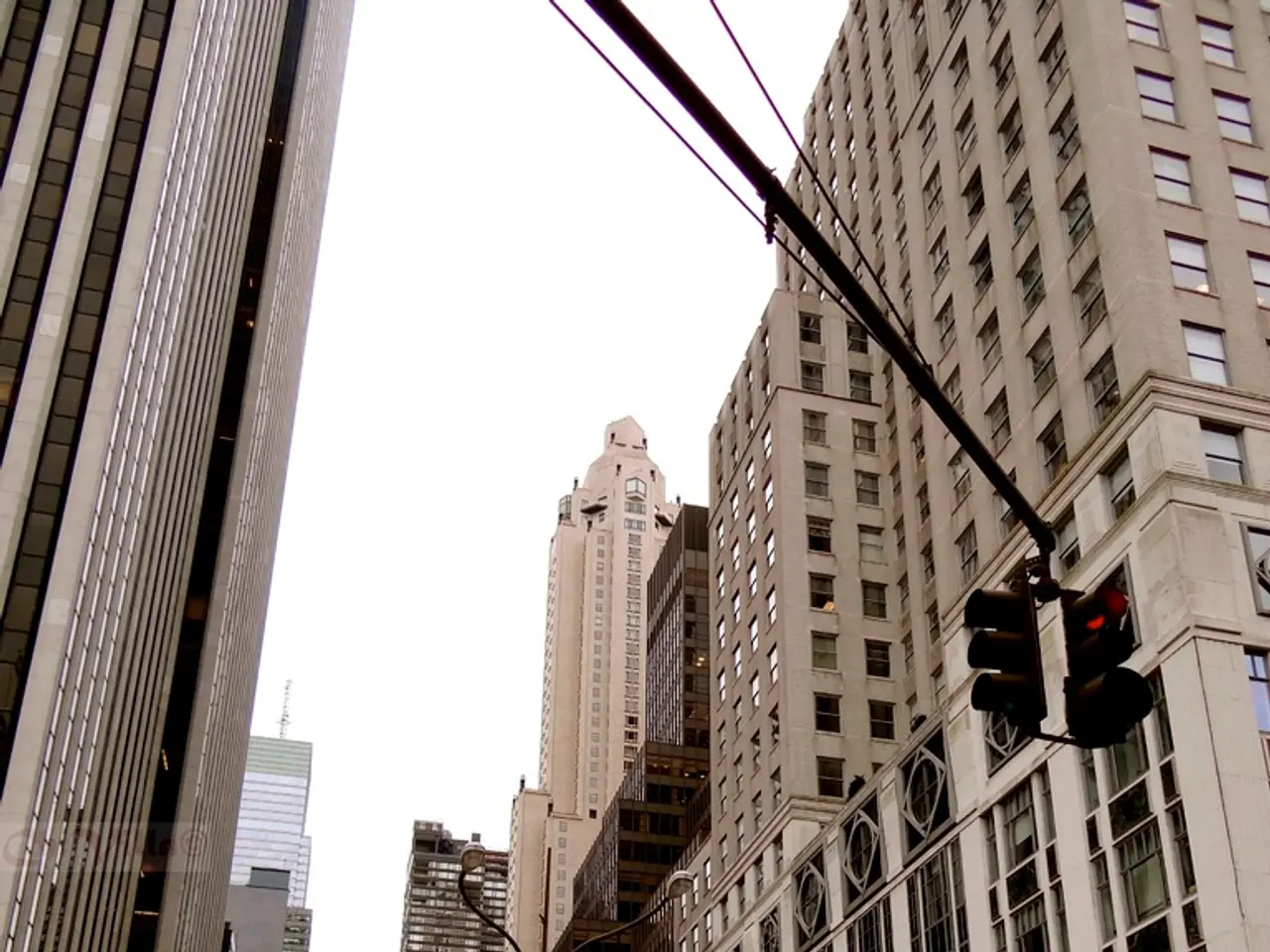Increased Departure of Immigrants from the U.S. Predicted by Forecasters Over Entry Numbers
In recent years, the United States has seen a significant change in its immigrant population, with fewer foreign-born workers entering the country and more leaving. This demographic shift is primarily attributed to stricter immigration policies, enacted mainly during the Trump administration, which have persisted or influenced subsequent enforcement approaches.
Key factors include stricter border enforcement and increased deportations, rollbacks of temporary protections such as Temporary Protected Status (TPS), Deferred Action for Childhood Arrivals (DACA), and parole programs for certain migrant groups, leading to loss of work authorization and heightened fear among immigrants. Proposed and actual limits on legal immigration pathways, including reductions in new lawful immigration, restrictions on student visas, and curtailing work permits for temporary workers, have also played a significant role.
These changes have led to a decline in legal and illegal immigrant inflows and an increase in immigrant departures, with the foreign-born workforce dropping by over one million since early 2025, suggesting a reversal of prior growth trends in the immigrant population[1][2][4].
Economic impacts of this shift include potential labor shortages in key sectors such as agriculture, construction, food service, and hospitality, which rely heavily on immigrant workers. Increased costs for goods and services, particularly food and housing, are also a concern as reduced immigrant labor supply raises wages and operational expenses for businesses dependent on this workforce.
Economists warn that net negative migration could slow overall economic expansion, leading to substantial losses in lifetime earnings and tax contributions from immigrants who either leave or cannot enter, thereby decreasing consumer demand and government revenues. Heightened economic insecurity and poverty among immigrant families, including US-born children of immigrants, due to family separations and loss of income, are also foreseen.
These effects collectively could contribute to inflationary pressures and reduced competitiveness of industries dependent on immigrant labor[2][4]. If the influx of foreign-born workers continues to decrease and more immigrants leave, the United States will be left with fewer workers, fewer people spending money, and a smaller economy overall.
However, forecasters at Brookings and AEI predict that after a few years of out migration, there will be pushback from employers and citizens, leading to a gradual return of immigrants. Wendy Edelberg, from Brookings, expects the net outflow of immigration to increase next year.
It is important to note that immigration has been a significant source of wealth for the U.S. for over two centuries, contributing to strong job gains and the start of prominent companies. The United States has been, and continues to be, a nation of immigrants.
As the country navigates these changes, it is crucial to consider the consequences carefully. Once the U.S. restricts immigration, other countries may attract the most productive and talented immigrants, potentially luring them away from the U.S. Even if the U.S. eventually changes its immigration policies, it may not be easy to win immigrants back.
Sources: [1] Brookings Institution. (2021). The impact of immigration on the U.S. economy. Retrieved from https://www.brookings.edu/research/the-impact-of-immigration-on-the-u-s-economy/ [2] American Enterprise Institute. (2021). The economic impact of immigration policy changes. Retrieved from https://www.aei.org/research-products/report/the-economic-impact-of-immigration-policy-changes/ [4] Migration Policy Institute. (2021). Trends in U.S. immigration: What you need to know. Retrieved from https://www.migrationpolicy.org/article/trends-us-immigration-what-you-need-know
- The changes in immigration policies have led to an increase in economic concerns, as a decline in the immigrant workforce could result in labor shortages in key sectors and increased costs for goods and services.
- If the influx of foreign-born workers continues to decrease and more immigrants leave, the United States may face a smaller economy overall, with reduced consumer demand, government revenues, and potential inflationary pressures in industries that heavily rely on immigrant labor.







